Description
“City of Refuge”- The Temple at Laie
Between the Koolau mountain range and the ocean lies Laie Hawaii, selected by revelation as a place of gathering for the saints of the Hawaiian Islands. Laie was unique in that it was intended not only as a place of gathering, but also a place of education and reform—a place to demonstrate to the native Hawaiians how “proper saints lived and conducted their lives.”[1]
By 1868, Laie’s place was secure with Church leaders and the settlement began to prosper. Never far from anyone’s mind was a temple. It was President Brigham Young who first spoke of a temple being built in Laie, Hawaii.[2] In 1900, President George Q. Cannon, known affectionately to the Hawaiians as Pukuniahi, visited the Islands. He spoke of building a temple and encouraged the saints to collect and prepare their family histories.[3] From that time onward, President Samuel Wooley, the mission president, and others encouraged the Hawaiian saints to live worthy so as to enter the Temple if ever it came.[4]
Then in May 1915, President Joseph F. Smith, Reed Smoot, and Charles Nibley visited Oahu. While there, there was talk among the brethren of a small endowment house or temple being built in Hawaii. Then on the night of June 1, 1915, President Joseph F. Smith invited the other brethren to take a walk with him. They walked up the hill to the meetinghouse that the native saints called, I Hemolele, which means “House of the Lord.” As the three men stood at the back of the structure, President Smith said, “Brethren, this is the birthday of President Brigham Young, June 1, 1915. I feel impressed to dedicate this ground for the erection of a temple to God….I have not presented this to the Council of the Twelve or to my counselors; but if you think there would be no objections to it, I think now is the time to dedicate the ground.”[5]
According to Elder Reed Smoot of the Twelve, President Smith knelt and began to pray. “Never in all my life,” said Elder Smoot, “did I hear such a prayer. The very ground seemed to be sacred, and he seemed as if he were talking face to face with the Father. I cannot and never will forget it if I live a thousand years.”[6]
Shortly after ten in the morning on Sunday, October 3, the prophet and President of the Church stood to address the congregation seated in the Salt Lake Tabernacle. Near the end of his sermon, Joseph F. Smith explained:
Now, away off in the Pacific Ocean are various groups of islands, from the Sandwich Islands down to Tahiti, Samoa, Tonga, and New Zealand. On them are thousands of good people . . . of the blood of Israel….Now, I say to my brethren and sisters this morning that we have come to the conclusion that it would be a good thing to build a temple that shall be dedicated to the ordinances of the house of God, down upon one of the Sandwich Islands, so that the good people of those islands may reach the blessing of the House of God within their own borders, and that the people from New Zealand, if they do not become strong enough to require a house to be built there also, by and by, can come to Laie, where they can get their blessings and return home and live in peace, having fulfilled all the requirements of the Gospel the same as we have the privilege of doing here. President Smith then proposed to “build a temple at Laie, Oahu, Territory of Hawaii.” All present manifested their approval by raising their right hand, to which the prophet noted, “I do not see a contrary vote.”[7]
The House of the Lord was built, and dedicated, November 27, 1919, by President Heber J. Grant. President Smith did not live long enough to see it completed in the land he loved so much.
And one last thought. After Laie was obtained by the Church it was learned that,
“Lāʻie was traditionally known to have been an ancient puʻuhonua, variously translated as “city, place, or temple of refuge.”[14] Anthropologist E. S. Craighill Handy wrote: “In the Hawaiian islands were enclosures that may be spoken of as temples of refuge, which were specially built for and consecrated to this purpose. . . . Fugitives of all kinds . . . were allowed to enter the sacred enclosure, and, once in, were safe. . . . After a certain length of time they were allowed either to enter the service of the priests or to sally forth into the world again unmolested.”[8]
Moreover, on the property was discovered the remnants of two ancient structures known as Heiaus or temples.[9]
Once again, Laie has been restored and exalted “as a land of peace, a city of refuge, a place of safety, for the saints of the Most High God.”[10]
Sources:
[1] R. Lanier Britsch, Moramona: The Mormons in Hawaii, [The Institute for Polynesian Studies] p. 75
[2] https://rsc.byu.edu/laie-hawaii-temple-century-aloha/gathering-place-laie
[3] Britsch, p. 114-115
[4] Britsch, p. 121
[5] Ibid, p. 121
[6] Ibid, p. 121
[7] https://rsc.byu.edu/joseph-f-smith-reflections-man-his-times/joseph-f-smith-hawaiian-temple
[8] https://rsc.byu.edu/laie-hawaii-temple-century-aloha/gathering-place-laie
[9] https://en.wikipedia.org/wiki/Laie,_Hawaii#cite_note-3 “Within this city of refuge were located at least two heiau, traditional Hawaiian temples, of which very little remains today. Moohekili heiau was destroyed, but its remains can be found in taro patches makai (seaward) of Laie Hawaii Temple belonging to the Church of Jesus Christ of Latter-day Saints (LDS Church). Towards the mountain (mauka), the remains of Nioi heiau can be found on a small ridge. All that is left of Nioi is a coral platform.”
[10] Doctrine and Covenants 45:66
Copyright Glenn Rawson 2023

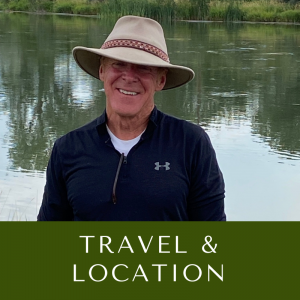
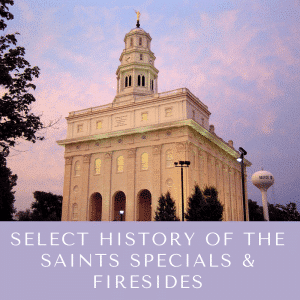




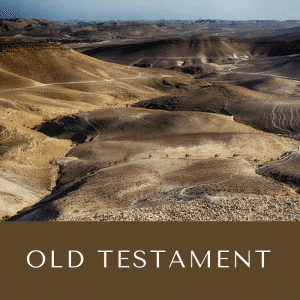
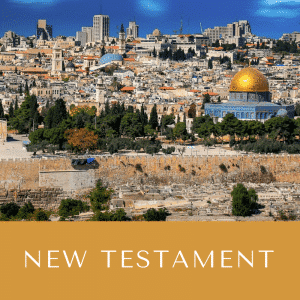

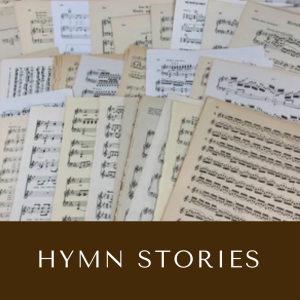


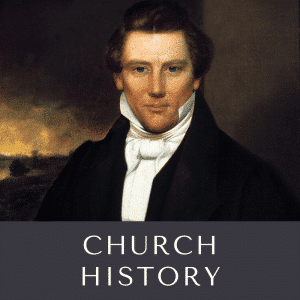

Reviews
There are no reviews yet.